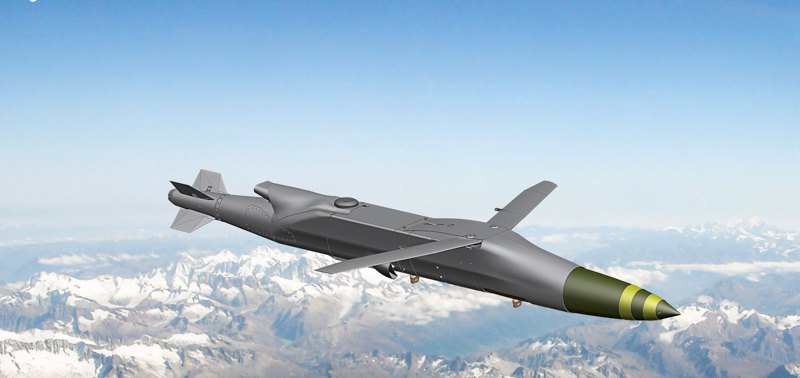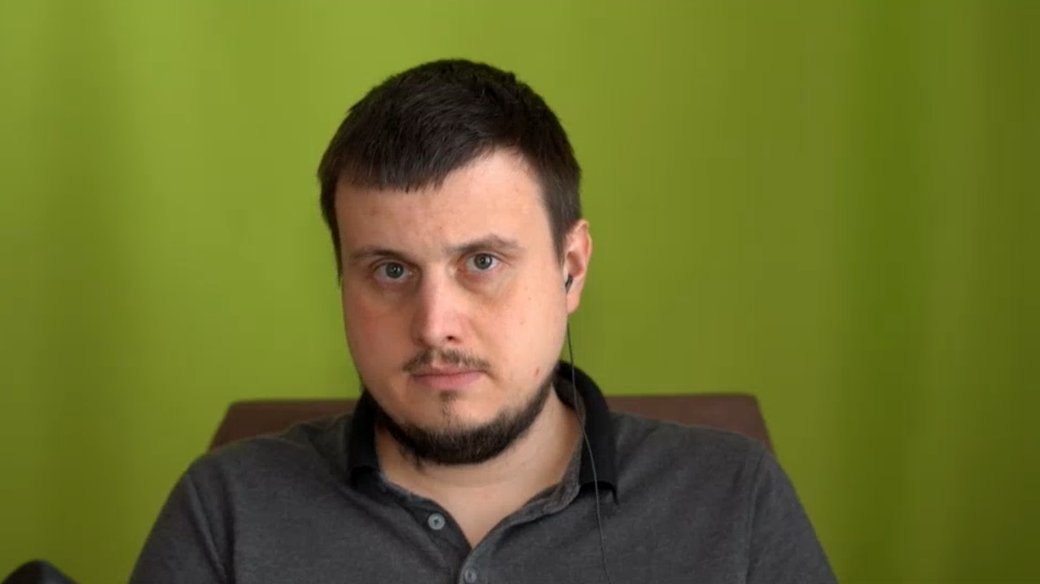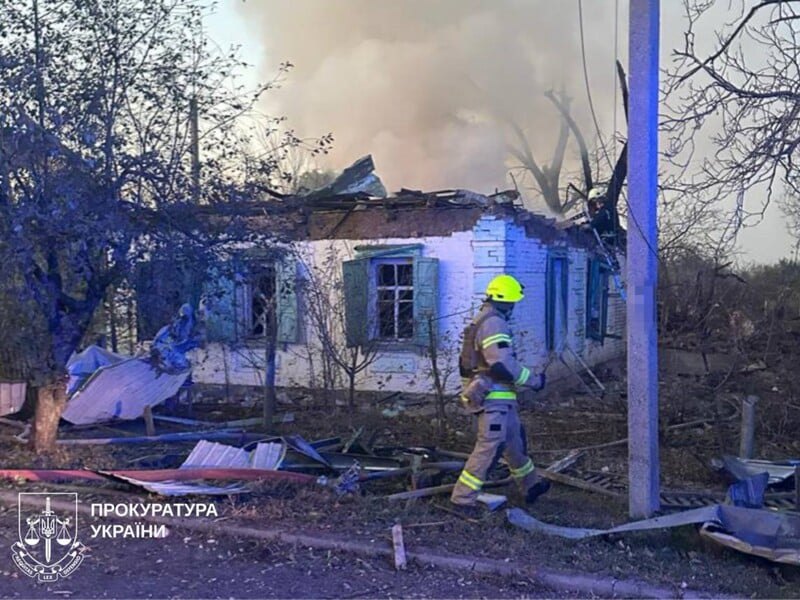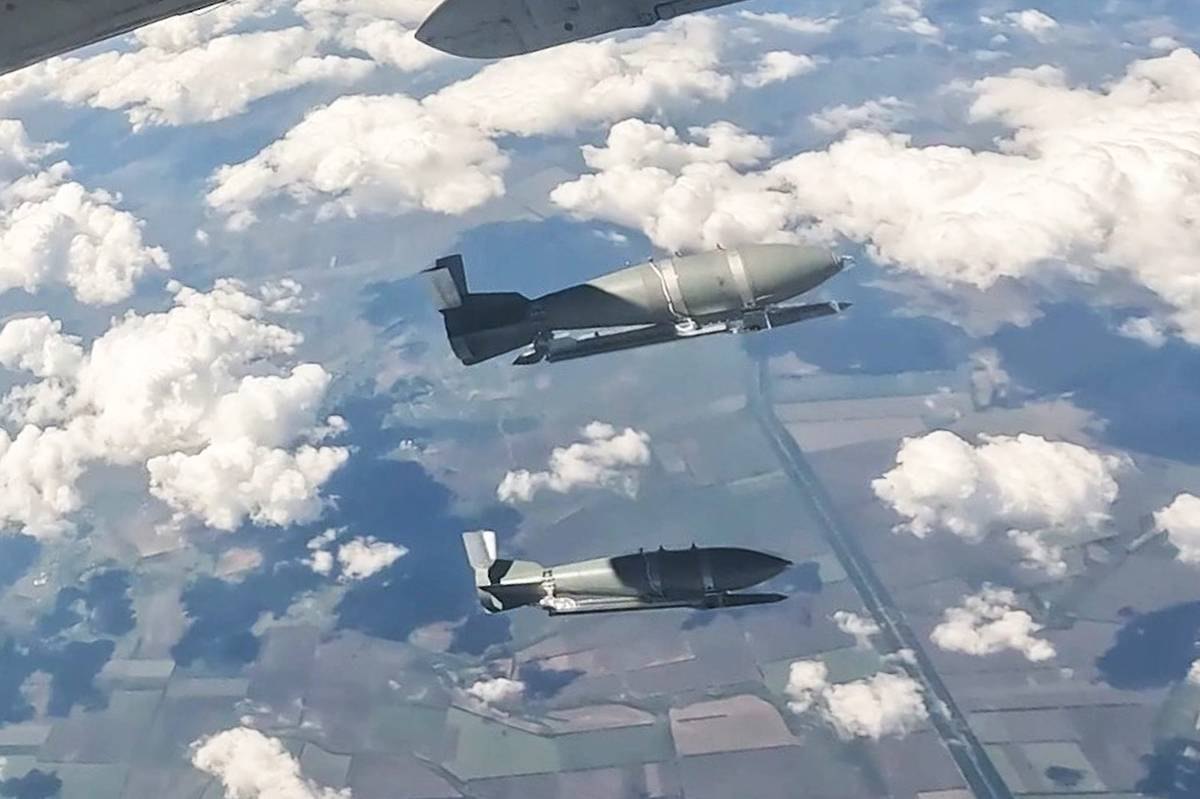Picked up from the Americans
While Ukraine hoped for Tomahawks, the Russians have been systematically and persistently developing new weapon types, says aviation expert Valeriy Romanenko. At present Russia is developing two types of KAB. One of them is essentially improvised (though now produced at scale) — aerial bombs fitted with wings, which until recently were only modified by increasing wing area or launching from greater altitude to extend their range.
“Then they came up with attaching a Chinese model aircraft jet engine to the rear of a KAB, which increased its range by about 1.5 times, to 100 km and more. That way they created a fairly wide nomenclature of bombs (so far only in the 500-kg calibre),” the expert notes.
The idea of adding a jet engine to a winged high-explosive bomb appears to have been borrowed from Boeing, suggests Oleh Katkov, editor-in-chief of Defense Express.

Two years ago the corporation demonstrated the Powered JDAM project — an attempt to create a cheap cruise-missile alternative for the US Air Force with a range of 500 km. A mass-produced, low-cost solution — exactly what Russia needs to terrorise Ukrainians.
Not quite a KAB, not yet a missile
It was already known in 2023 that the enemy is trying to develop a UMPK (unified gliding and correction module) with a jet engine — the module that turns unguided aerial bombs into guided munitions, says Oleh Katkov. Russia is now experimenting with various so-called rocket-assisted KABs (judging by the fact that they have so far been used only episodically).
“Clearly, Russian forces are testing how effective these weapons can be and whether they achieve their mission,” the expert says.

Weapons require resources, and those resources are poured into what works. If it turns out that the new device — called a rocket-assisted KAB (which isn’t quite the right label, since in effect it’s already a cruise missile) — is optimal in a price-to-effectiveness ratio, then they will bet on it and invest heavily. That is a quite realistic scenario.
“Remember, Shaheds were once taken lightly, but they stopped being a joke long ago — they are Russia’s main long-range strike tool. In combined attacks, Shaheds deliver many times the aggregate warhead weight of cruise and ballistic missiles together,” Katkov notes.
Right now, Russians are trying to produce a long-range strike weapon that has wings and a jet engine and can follow a preset route — a cheap, mass-produced cruise missile.
They are testing at the same time a miniature cruise missile called “Banderol” and the UMPB-5R (a new modification of the unified interservice gliding munition).
“These are different weapons with different prices and potential effectiveness. A UMPK kit with a jet engine is currently the cheapest thing you can come up with,” says Oleh Katkov.
When they attached an engine to a KAB, the cost of the munition roughly doubled, Valeriy Romanenko says. Still, it remains relatively cheap.

“If an FAB-500 fitted with a module costs $25–30k, and the engine another $20k, it’s still an order of magnitude cheaper than the simplest cruise missile,” he explains.
This weapon is not as accurate as a cruise missile because it lacks the same navigation system, Oleh Katkov notes — but if the target is a city, you’ll hit somewhere.
Dangerous because it’s meant for the rear and strikes from afar
Oleh Katkov believes they are developing these to strike rear areas, since frontline tasks are solved with ordinary UMPK kits with a flight range up to ~80 km. Those can be released from roughly 50 km behind the front, producing an impact depth of about 30 km — a reasonably safe distance for the attacker.
“But if a munition can strike at 150–200 km, that depth grows to 100–150 km while the enemy keeps launching from the same release lines we can’t reach,” the Defense Express expert explains.
Only if our Defense Forces gain new capabilities — for example long-range missiles such as Meteor (MBDA’s missile, with a reach of up to ~200 km), or more advanced fighters and AWACS aircraft — will the enemy be forced to move farther back and then strike at shorter ranges.
The danger of modified guided aerial bombs is that the Russians understand our countermeasures and will increasingly adapt to our ways of fighting them, says Anatoliy Khrapchynskyy, deputy general director of an EW-systems manufacturer and an aviation expert.

“They will seek solutions to launch KABs from ever greater distances and protect their aircraft from being shot down. Development will move exclusively in that direction,” he is convinced.
With rocket thrust, a KAB can be released from lower altitude; normally, the higher you climb, the farther the munition flies — and the less risk the carrier aircraft faces, Khrapchynskyy explains.
“This was, incidentally, the key to our success using French AASM Hammer munitions, because they have rocket thrust,” the expert adds. “We could approach the target without entering the range of enemy air defences.”
Romanenko says these weapons cannot yet reach Kyiv, but they can already strike across the full depth of frontline regions and even some neighbouring regions, such as Mykolayiv and Poltava.
Will it enter mass production?
So far the new weapon has been used only sporadically. Whether it goes into serial production will depend on how many model-aircraft engines China supplies to Russia, Valeriy Romanenko believes.

“Russians won't be able to produce something like this themselves: they're clumsy, and this is a small model-aircraft jet engine with a high rev rate (30,000 revolutions per minute),” says an aviation expert. “Russians don't have bearings like that to deliver the required performance.”
There hasn't been mass production of such jet engines in China either — there was no demand. “And there aren't many model-aircraft builders in the PRC capable of manufacturing engines like this,” Romanenko is sure.
Although the original jet engine is Chinese, he says, the Russian bureau “Angar-22”, which is linked to oligarch Oleg Deripaska, once copied it. Which exact engines are being used in the new munitions is not yet known.
“I’m waiting for fragments so I can study them and identify: by the blade type in the engine I’ll be able to say whether it’s a Chinese item or a Russian copy,” Khrapchynskyy adds.
He notes that Russians can put their own markings on other people’s products, so establishing origin is important — it will give an idea of their technical capabilities.
“Interesting question: is this a modernised Chinese engine, or did the Russians make modified copies that allow improved options?” the expert wonders.

Electronic-warfare measures help, but only in large numbers
So far KABs with multi-element “Kometa‑M” antennas are fairly resistant to EW measures, Oleh Katkov says. Their satellite‑navigation system is well protected.
The point of employment matters too: for frontline targets, steering a KAB off by 100 m is enough to make it miss. In a city, however, a deviation of 200 or even 500 m still causes destruction.
If a broad EW system is deployed, though, it can affect the munitions’ accuracy. “Even allowing for their acceleration, these KABs accumulate errors that reduce strike precision. On the contact line that’s perfectly effective,” Khrapchynskyy explains.
Although every KAB now carries an inertial guidance system (which is not dependent on satellite signals or EW), navigation UMPC modules are also used.
Knocking a turbojet‑engined weapon off course while its engine is running isn’t that easy, Oleg Katkov says. The moment it leaves the range of the EW complexes jamming it, satellite navigation will pick up the satellite signal and correct the munition’s flight.
When EW systems divert a KAB‑glider, it has no energy reserve for manoeuvring — it simply descends from altitude.
“It can tweak its course a bit, but if you push it far enough it won’t come back — there’s nothing pushing it, it just flies like a stone with wings,” Katkov explains. “But a stone with an engine has enough energy to, once outside the EW zone, correct its flight and strike the intended target.”
Likewise, a Shahed loses accuracy under EW influence, but if it successfully reacquires the signal it will continue on the programmed coordinates.

“There’s only one way: you’ve got to blanket everything with EW systems,” says the editor‑in‑chief of Defense Express. “Valeriy Zaluzhnyy once talked about deploying a nationwide radio‑electronic warfare system, ‘Pokrova’. Since then we’ve heard nothing — but that’s exactly the kind of system we need.”
Best to shoot KABs down over Russian airfields
For now, while our aircraft can’t fly high close to the front line, there’s no fundamental solution against KAB carriers, Valeriy Romanenko argues.
“Theoretically you could shoot them down with Gepard anti‑aircraft guns, because those have radar guidance,” the expert explains. A jet KAB’s speed is up to 500 km/h. A machine‑gunner won’t have time to react, and other AA systems with manual aiming won’t either.
“If the range of an anti‑air gun is 2.5 km, a person simply won’t have time to aim, calculate, hit,” Romanenko notes. “What kind of aiming is there when you’ve only just seen it and it’s already gone off.”

The response to this threat must be comprehensive. We need aircraft to destroy Russian KAB carriers, long‑range air‑to‑air missiles, and airborne early‑warning aircraft, Oleh Katkov says. Systematic strikes must be carried out against Russian airbases so that their aircraft are pushed deeper into their territory and spend more time en route to mission areas (the farther they fly to the release zone, the fewer munitions they’ll be able to drop). Strike airfields, production sites and ammunition depots. For that you need a substantial amount of appropriate assets — together with ramping up EW capabilities and the number of kinetic intercept systems whose use is economically justifiable.
“You can shoot down jet KABs — that’s not magic — but there won’t be enough surface‑to‑air missiles,” Katkov says.
There are engineering solutions to counter this new threat, but they require thorough analysis before introduction. “Developments still need time and funding. For now it’s a sort of ace up our sleeve,” Khrapchynskyy concludes.







